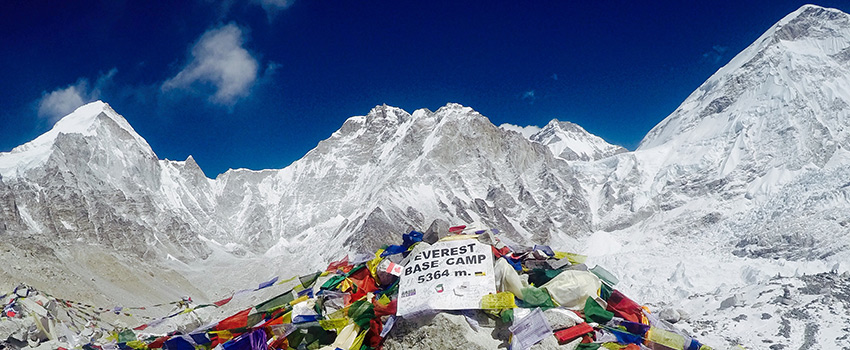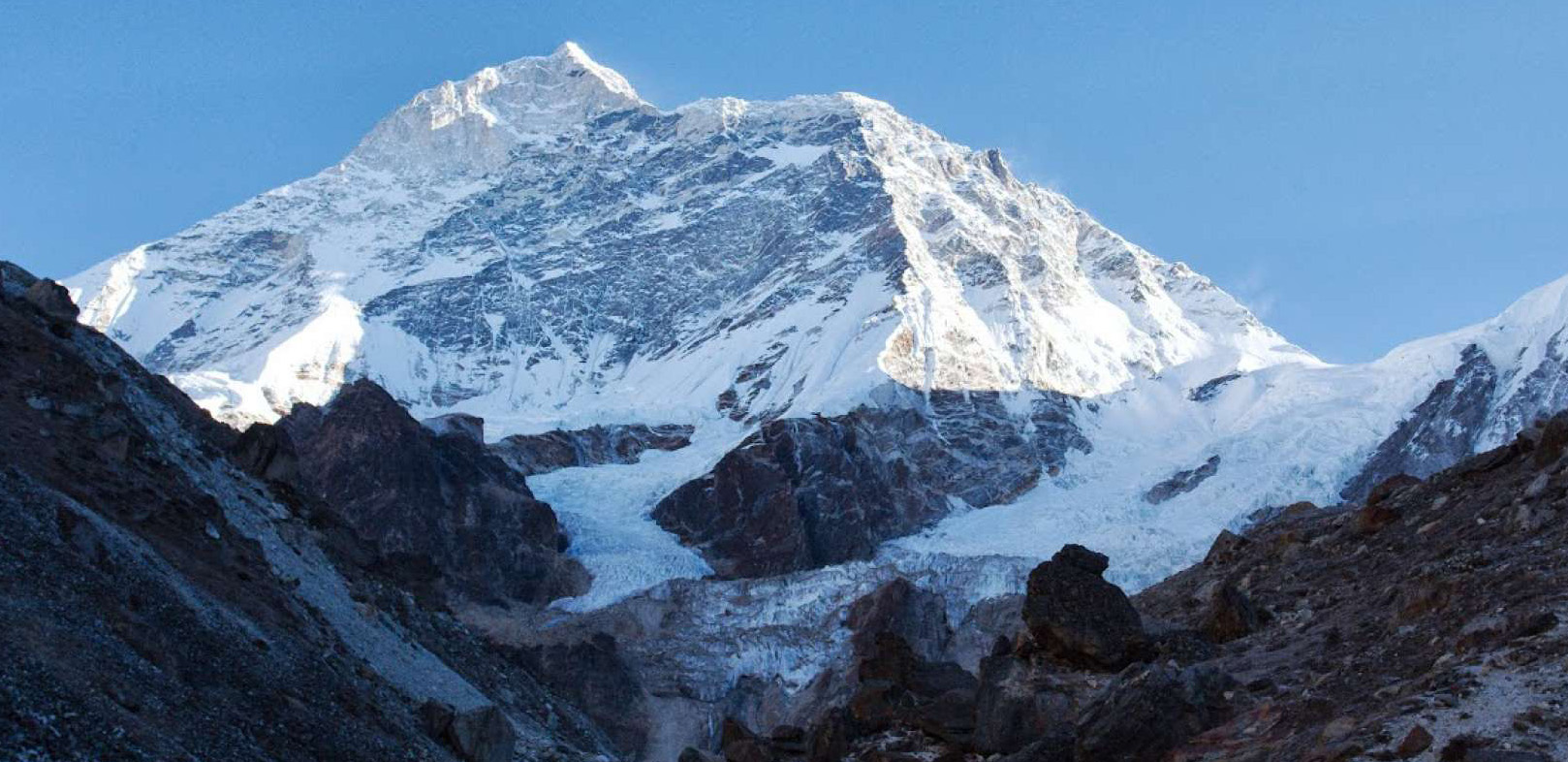
Nepal is home to the world’s highest and most beautiful mountains and some of the best trekking trails on earth. Mt Everest is 8848 meters high, and eight out of the world’s ten highest mountains are in Nepal. Trekking in the Nepalese Himalayas, especially the Everest and Annapurna regions provides world-class trekking adventures of great reward. We offer you a number of trekking tenures throughout Nepal, accustomed to your time, interest, and ability.
The Kingdom of Nepal is popular as one of the best destinations in the world for adoring the natural beauty of nature through trekking. Treks into the interior parts of the country follow ancient foot trails that have been used for centuries. They meander through scenic river valleys, intricately terraced fields, and the forested ridges connecting picturesque hamlets and mountain villages. Trekkers can stroll along the rough but lovely trails admiring the surrounding green hills and forests.
The rhododendron-filled, green, dark, and deep forests with different seasonal flowers blossoming catch anyone’s eye, as can the scattered residential cottages, domestic and forest animals, variety of birds, both Hindu and Buddhist temples, mountains, breath-taking landscapes, and above all, warm greetings from smiling local people.
Trekking in Nepal is an all-season activity. It is possible at any time of the year depending on trekkers’ desire to trek. Still, the widely popular seasons are Spring (Feb-May) and Autumn (Sep-Nov). You can trek in the least rainfall or rainout areas even during monsoon seasons like Mustang, Upper Manang, and Dolpo.

The Annapurna region is the most visited trekking area in Nepal. The diverse terrain and variety of cultures in the region north of Pokhara make each day’s walk a different experience, and the area the most popular tourist destination in the country. The Annapurna trekking region consists of peaks Annapurna 1, Annapurna 2, Annapurna 3, Annapurna 4 and those of Annapurna south.
Read More
The Khumbu or Everest region is the most well-known trekking area in Nepal. Solukhumbu is probably the most famous and difficult destination than the Annapurna area. To get near Everest, you must either walk for 10 days or fly to Lukla, a remote mountain airstrip where flights are notoriously unreliable. Sherpa villages and monasteries along with their culture, tradition, and lifestyle add great value to this famous landmark Solukhumbu. Reaching the Everest Base Camp (5340m) is the ultimate goal of the Everest trek. However, you cannot see Everest from the base camp so most trekkers climb Kala Pattar, an unassuming 5545-meter bump on the southern flank of Pumori (7145 meters).
Read More
Manaslu is the eighth highest mountain in the world at 8,163 metres (26,781 ft) above sea level. It is located in the Mansiri Himal whcih is part of the magnificent Nepalese Himalayas, in the west-central part of Nepal. It is the highest peak in the Gorkha District and is located about 64 km (40 mi) east of Annapurna.
Read More
The trek is graded as a moderate trek. Unlike easy treks, moderate treks have longer walks and higher altitudes. The route in some places steeply ascends or descends. You will require an average level of physical fitness to enjoy the trek. However, trek doesn’t not require as much skill, knowledge and experience as the strenuous ones. Even if it is your first trekking experience, Langtang can be a good option to start with.
Read More
Mount Kangchenjunga lies about 125 km (78 mi) east-south-east of Mount Everest. It is the second highest mountain of the Himalayas. Three of the five peaks – Main, Central and South – are on the border between North Sikkim and Nepal. Two peaks are in Nepal's Taplejung District. Kangchenjunga, is the third highest mountain in the world lies in Nepal. It rises with an elevation of 8,586 m (28,169 ft)
Read More
In the northwest of Nepal lies a region ringed like a horseshoe shape of soaring peaks called Dolpo. These peaks rise higher than 21,000 feet and have a cold high desert feel to it. Home to people of Tibetan decent since the early centuries of the Christianity, Tibetan refugees continue to trickle into Dolpo. Most of the Tibetans follow the Tibetan Buddhist religion though some practice the Bon religion too. This religion pre-dates Buddhism and was widespread in Tibet until the introduction of Buddhism. However, Bon is considered one of the five schools of Tibetan Buddhism. The region opened to trekking in 1989 and has an untouched and unexplored feel to it. Here a trekker can meet nomadic people living a lifestyle that has stretched back for centuries. The Dolpo region is hard to match for its pristine beauty and rugged charm. The Upper Dolpo and Lower Dolpo trekking offer an endless variety of landscapes not to mention a chance to interact with the local people.
Read More
You have been hearing of Everest Region, Annapurna Region, Pokhara but might not have heard about Far West Nepal. Far West is an untouched and unexplored destination in Nepal and the most potential attractions off the beaten trails. Far West includes the flat land, Himalayas, mountain, Lakes, National Parks with the highest elevation at 7,132 meters. Far West of Nepal! Few tourists brave these wild western corners of the country. The enticement goes beyond that this area is widely void of tourism, though that is a defining trait. The massive mountains, alpine meadows, immaculate lakes, and fertile lowlands are nearly entirely unspoiled. With off-the-beaten-path trekking as its specialty, Far West Nepal gives you a true taste of wilderness, with distinct cultures that are purely intact. One of these precious destinations lies in Rara National Park. The Rara Lake Trek gives hikers seeking isolation exactly what they want. The trail leads through remote villages and lush forests up to the hidden lake. In fact, besides government workers, nobody is legally allowed to live around the lake. Walk along the shore of the crystal-clear lake with soaring Himalayan peaks as the backdrop There are several routes through Dolpo, including Upper Dolpo and Lower Dolpo Treks. A highlight is reaching Shey Phoksundo Lake, widely agreed as Nepal’s most beautiful lake.
Read More
Rara Lake Jumla Trekking takes you up into the high-altitude lake area of Rara, which combines the beauty of spruce and pine forest with spectacular views of the surrounding hills and mountains. This is Nepal’s largest lake, which houses otters and many fish species. This is one of the best treks to view Nepal’s wildlife including the Himalayan bear. This area is one of the least inhabited trekking routes, which will give you a feel for the natural environment of Nepal. Length of trip Jumla – Simikot 12 days Average hiking per day 4-5 hours the highest elevation gained 3700 m. Rara Lake is also known as the “Queen of Lakes” and is the largest pristine lake in Nepal. It is a high-altitude lake elevated at 2980m and is surrounded by Juniper and Spruce forests within the Rara National Park. The backdrop en route is mesmerizing with a good touch of cultural places and regions, somewhat different from the rest of Nepal. You may encounter Hinduism ethnic as well as Tibetan immigrant families.
Read More
This is an outstanding trek in the eastern region of Nepal, which offers a combination of rich cultural heritage, unsurpassed beauty and biological diversity. The trail follows the beautiful Arun River Valley, in the Makalu Barun National Park, crossing Shipton Pass at 4127 meters before arriving at Makalu Base Camp [5000m]. From here, views of the south face of Makalu, as well as Everest and Lhotse are truly regal and fantastic. The Arun valley is also home to rare species of various birds which are found only in Nepal. High Himalayan Trekking offers camping and tea house trekking for 10 day to 30 days hiking treks to all of the above Makalu destinations. If you are interested in exploring the Makalu Region, below are some of the itineraries, or alternatively we can be in contact so you may personally tailor your own itinerary.
Read More
Trekking in the Dhaulagiri region provides a massive mountain range of Dhaulagiri consisting of fifteen 7000 meter peaks that are magnificent. An adventurous trekking trail is geographically challenging, with unexpected dealings to the main path, and icy tracks but immensely rewarding at the same time. The trek will pass through challenging mountain passes, French Pass (5360m), and Thapa Pass (5200m) while trekking around the 8th highest Dhaulagiri mountain region. Recently reopened this thrilling region shows its long-kept secrets, like the Gandaki Gorge, the deepest Gorge in the world!! Dhaulagiri means “white mountain” though many mountains over the world have names that translate to White Mountain, this is, without doubt, the most astonishing one.
Read More